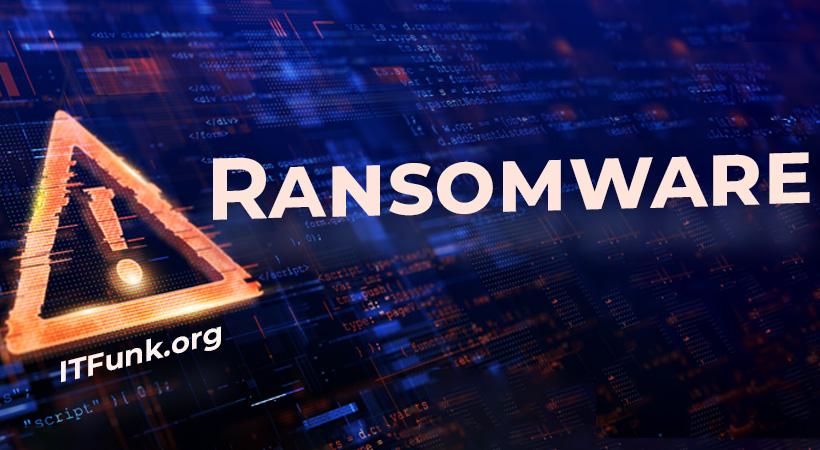In the ever-evolving realm of cyber threats, Mesmerised ransomware has emerged as a formidable adversary, leveraging sophisticated encryption techniques to hold files hostage and demand ransoms for their release. This article provides a comprehensive overview of Mesmerised ransomware, detailing its actions, consequences, detection names, and preventive measures, along with a thorough guide for removing the malware.
Actions and Consequences of Mesmerised Ransomware
Mesmerised ransomware operates by encrypting files on the victim’s system, appending a “.mesmerised” extension to their filenames. The encrypted files become inaccessible, leaving users unable to open or use their data. As a hallmark of its presence, the ransomware alters the desktop wallpaper and leaves behind a ransom note titled “Read_Me.txt,” assuring victims of the possibility of file restoration. However, the note serves as a gateway to the cybercriminals, urging victims to make contact for further instructions.
Upon encryption, files like “1.jpg” transform into “1.jpg.mesmerised,” signaling the impact of the malicious software on the compromised system. Despite the claims in the ransom note, experience shows that paying the ransom does not guarantee the retrieval of decryption keys, making it an unreliable and discouraged course of action.
Detection Names and Similar Threats
Mesmerised ransomware is categorized as a crypto virus and file locker. Various security software detect it under different names, including Avast (Win32:RansomX-gen [Ransom]), Combo Cleaner (Gen:Heur.MSIL.Bladabindi.1), ESET-NOD32 (A Variant Of MSIL/Filecoder.Chaos.C), Kaspersky (HEUR:Trojan-Ransom.Win32.Generic), Microsoft (Ransom:MSIL/Filecoder.PKC!MSR), and others. Similar threats include PatchWorkApt, 3000USDAA, Karsovrop, Abyss, and CoV, each with distinctive characteristics in cryptographic algorithms and ransom demands.
Removal Guide
While removing Mesmerised ransomware won’t restore encrypted files, eliminating the threat from the operating system is crucial to prevent further damage. Follow these steps for a thorough removal:
- Identify and Isolate Infected System: Disconnect the infected system from the network to prevent the spread of the ransomware.
- Enter Safe Mode: Restart the computer and enter Safe Mode to disable unnecessary processes.
- Locate and Delete Malicious Files:
- Search for and delete files associated with Mesmerised ransomware.
- Check common locations like Temp folders, AppData, and the Registry.
- Restore System: Use System Restore to revert the system to a point before the ransomware infection.
Best Practices for Prevention
- Regular Backups: Maintain up-to-date backups on multiple locations, such as remote servers and unplugged storage devices.
- Exercise Caution with Email Attachments: Avoid opening email attachments from unknown or suspicious sources, especially those urging urgent action.
- Beware of Malicious Links: Exercise caution when clicking on links, particularly in unsolicited emails, messages, or social media posts.
- Keep Software Updated: Regularly update operating systems and applications to patch vulnerabilities.
- Educate and Train Users: Train users to recognize phishing attempts and social engineering tactics.
- Use Reliable Sources: Download software only from official sources and avoid pirated programs or questionable websites.
Conclusion
Mesmerised ransomware underscores the persistent threat landscape faced by individuals and organizations alike. By understanding its actions, consequences, and employing preventive measures, users can fortify their defenses against such malicious entities. While the removal guide offers a systematic approach, prevention remains the key to maintaining a secure digital environment. Stay vigilant, stay informed, and adopt proactive measures to safeguard against evolving cyber threats.





